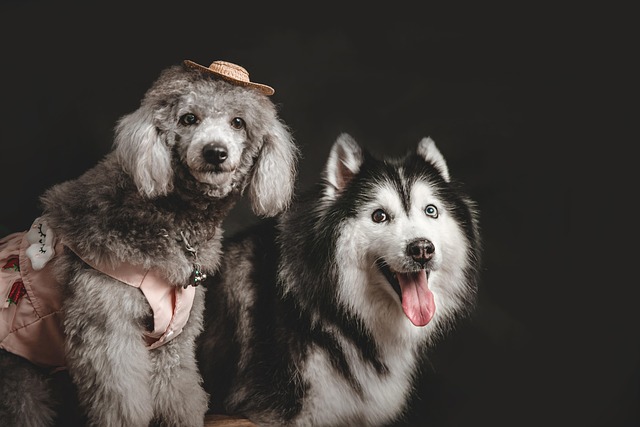
What is the best type of training for a dog?
There’s no one-size-fits-all answer to what makes the best dog training, but most experts agree that methods built on positive reinforcement tend to yield the most lasting results.
You've probably heard the frustrated claim from a fellow dog owner: "This dog just can't be potty trained!" While it's tempting to label certain pups as hopeless cases, the truth about dog potty training is far more nuanced. As someone who's worked with hundreds of dogs over the years, I've learned that what appears to be stubbornness often stems from factors we haven't properly addressed.
Let's talk genetics first. That adorable but exasperating dachshund who keeps having accidents might not be defying you on purpose. Research shows certain breeds do have genetic predispositions that affect their potty training. Terriers, for instance, were bred to work independently, which can translate to less eagerness to please their humans during training. Meanwhile, herding breeds like border collies tend to pick up potty routines quickly because their genetics favor cooperative behavior.
But here's what many owners miss - genetics aren't destiny. I once worked with a beagle (a breed notorious for being difficult to housebreak) who became perfectly reliable. The difference? His owner understood his scent-driven nature and adapted the training accordingly. This brings us to the environmental factors that shape potty training success far more than most people realize.
Your living situation plays a huge role. Apartment dwellers face different challenges than those with yards. The frequency of potty breaks, consistency of schedule, and even the flooring surfaces in your home all matter tremendously. I've seen dogs who "failed" at potty training in one home thrive in another simply because the environment better matched their needs.
Then there's the human element - our own behaviors and expectations. Many so-called untrainable dogs are actually victims of inconsistent routines or unrealistic timelines. Puppies under six months physically can't control their bladders for long periods, yet we expect miracles. Adult rescues may need to unlearn years of bad habits, which takes patience we often underestimate.
The myth of the untrainable dog persists because we tend to look for quick fixes rather than understanding root causes. That "stubborn" dog might be reacting to past trauma, medical issues we haven't detected, or simply confusion caused by mixed signals from different family members. I recall a client's lab who kept having accidents until we discovered the poor thing was terrified of the backyard after being attacked by another dog there.
So what actually works with difficult cases? First, throw out the one-size-fits-all approach. For scent hounds, incorporate more sniffing into potty breaks. For anxious dogs, create a safe elimination area. For seniors, consider more frequent outings. The key is observing your dog's unique patterns rather than fighting against their nature.
Medical checks should always come first - urinary infections or digestive issues can sabotage even the best training. Then establish crystal-clear routines using positive reinforcement, not punishment. I've had remarkable success with dogs labeled "hopeless" simply by implementing a strict schedule paired with enthusiastic praise for successes.
Here's the hopeful truth: in fifteen years of professional dog training, I've encountered maybe three dogs who genuinely couldn't be potty trained due to severe neurological issues. The other hundreds? They just needed us to understand them better. Your dog isn't giving you a hard time - they're having a hard time. When we shift our perspective to problem-solving rather than blame, most potty training challenges become solvable.
The next time you feel tempted to declare your dog untrainable, remember this: with the right combination of genetic understanding, environmental adjustments, and patient consistency, nearly every dog can learn. It's not about their limitations, but about our willingness to adapt our methods to their individual needs.

There’s no one-size-fits-all answer to what makes the best dog training, but most experts agree that methods built on positive reinforcement tend to yield the most lasting results.
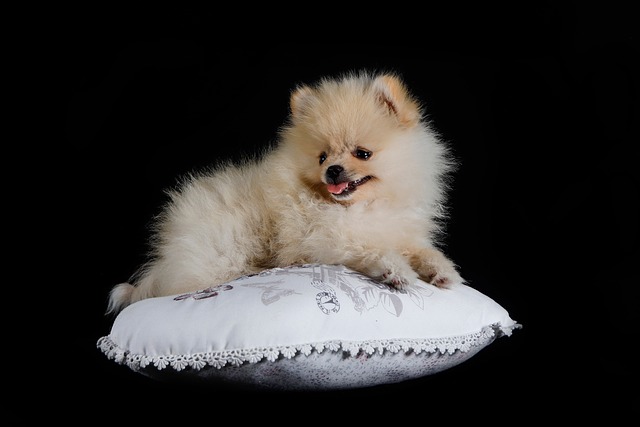
Welcoming an 8-week-old puppy into your home is a joy filled with wiggly tails and endless curiosity. One of the first steps in building a strong bond is teaching them their name.
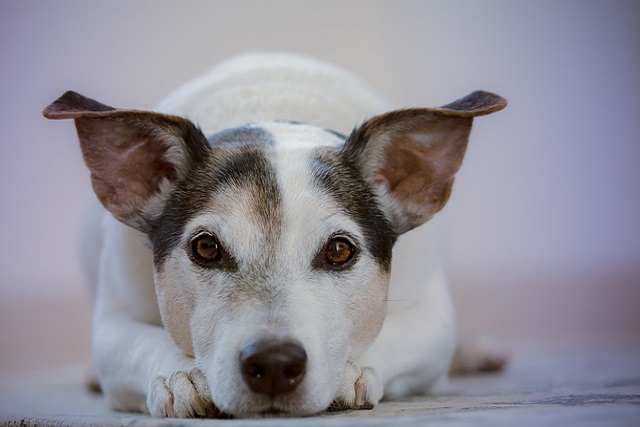
If you’ve ever sat up at night, listening to your gray-muzzled dog pace back and forth, stopping to whine or stare at a wall, you know the worry that comes with a restless senior pup.
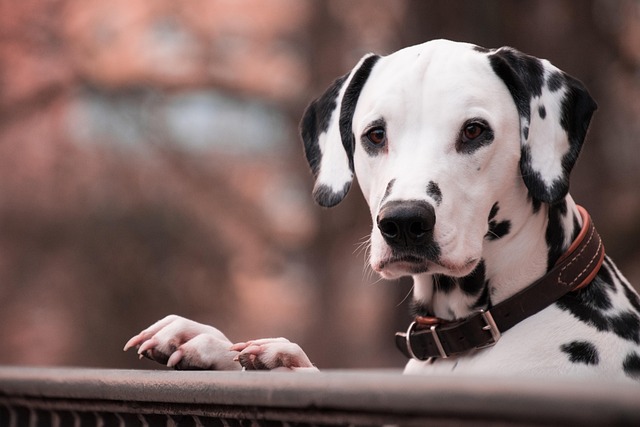
Training a service dog starts long before they’re ready to assist with specific tasks—their journey begins with building a foundation of trust, focus, and adaptability, and the timing of this training matters more than you might think.
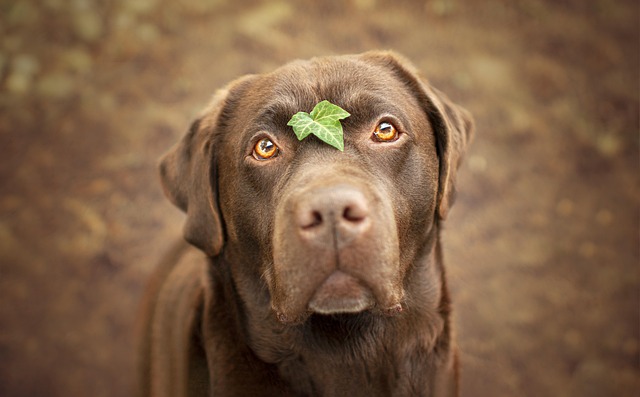
Watching a tiny puppy fumble through their first attempts to sit can feel like watching a little acrobat mastering a new trick.
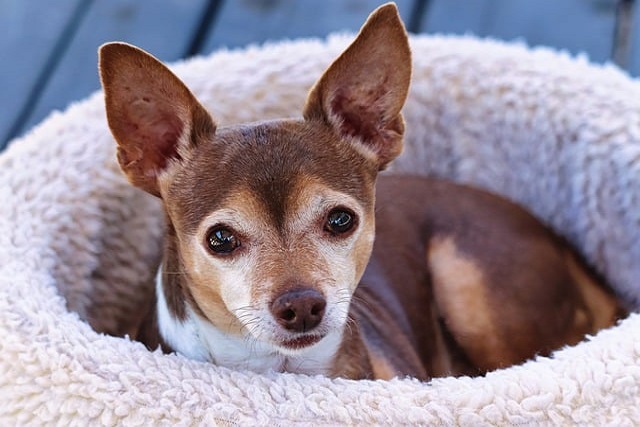
If you’ve ever found your flower bed dug up or your favorite shrub chewed to bits, you’ve probably searched for easy ways to keep neighborhood dogs (or even your own) out of your yard.